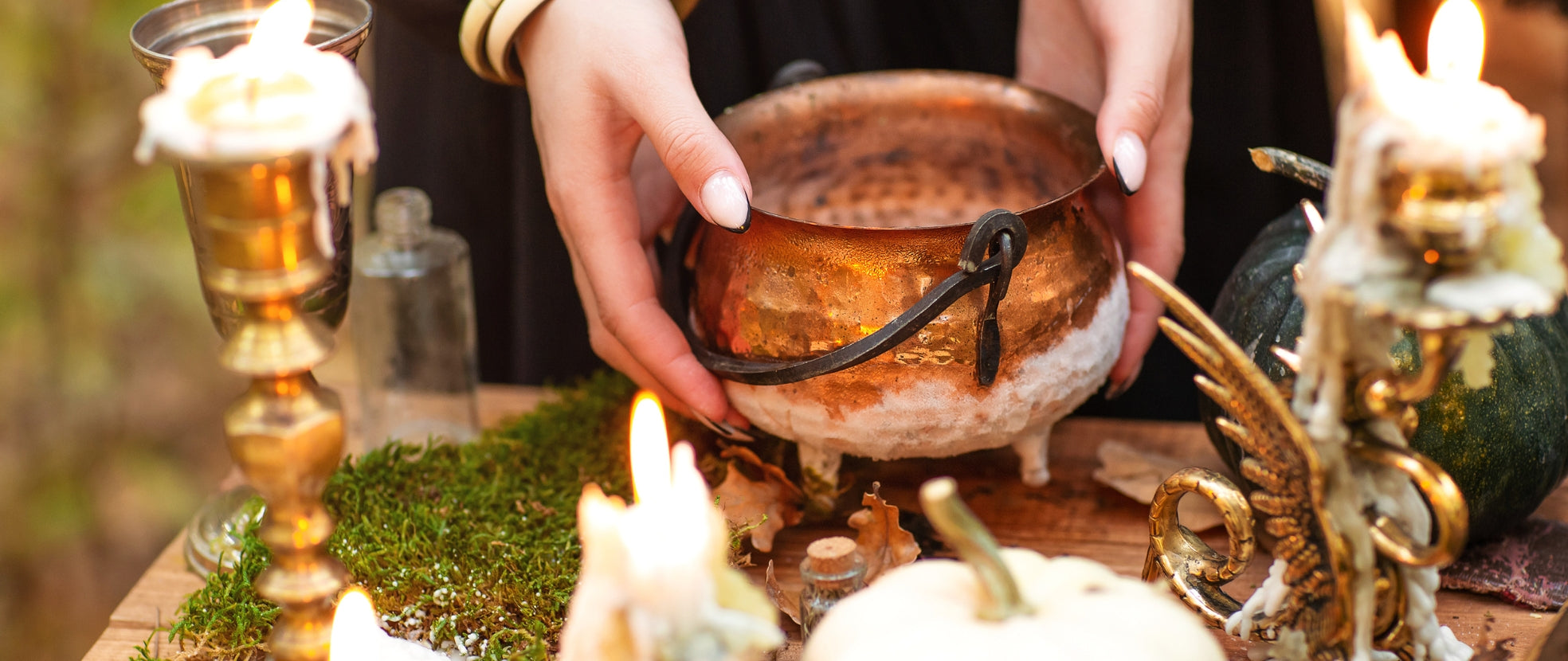What On Earth… will routinely discuss one type of gemstone or crystal, so you can learn all about the physical, historical and spiritual aspects of the magnificent stones we sell!
It's very likely that you can identify a ruby after only looking at it for a second. Why? Rubies are some of the most popular gemstones with a very distinguishable feature: their bright and glinting red colour. Is there more to a ruby, though? And can rubies be found in colour varieties that aren't red?
First, rubies are known as being part of the cardinal gems. A cardinal gem is a type of gem that is considered extremely precious, above the preciousness of other gems. These gems include:
?Amethyst
?Diamond
?Emerald
?Ruby
?Sapphire
These gems are considered to also be some of the most widely used, meaningful and identifiable gems in the world, though the term is rarely used in modern geology.
Rubies are a variety of the mineral corundum, making it a sister gem to sapphire. There is no actual chemical difference between a ruby and a sapphire outside of their different colours.
Corundum that has a gemstone quality is classified as a ruby if it has any shade of red or pink. In the United States, however, the colour saturation of a ruby is much more specific. Without the minimum saturation limit, these stones are called pink sapphires. This format of gem classification is new, however, and many trade organizations don't make a distinction between rubies and pink sapphires, instead calling all classified gems ˜rubies.'
For this reason, rubies are only red or pink. Still, rubies do have colour variations. Some are very bright red, while others have a more brown or purple tint. No matter their additional hue or lightness, these rubies are all still considered to be red, thus classifying them as a true ruby. The only exception to this rule is a transparent ruby, though their rarity is greater than that of even a diamond.
Because rubies are so closely related to sapphires, sometimes a ruby will have a more blue or purple hue. These gemstones are usually called Burmese rubies, named for one of the most prosperous regions in which rubies are found (now known as Myanmar). These rubies often have a flawless, sought-after colouring, but the downside is that they rarely grow more than a few carats.
In order to get a better colouring on an undesirable ruby, many jewelers and gem cutters will heat treat a ruby, bringing out its natural red colour. This is a popular technique used on rubies that have a darker brown colouring. Rubies that are brown tinged are often harvested in Thailand, the hub of ruby trade.
Despite the fact that rubies are often exclusively used in jewelry, natural rubies are used in holistic medicine. It's often associated with mental clarity, stimulating of the blood and heart, love and driving away personal fears.
Is there another gemstone that you're interested in learning more about? Tell us below and you'll see it on our blog soon!





